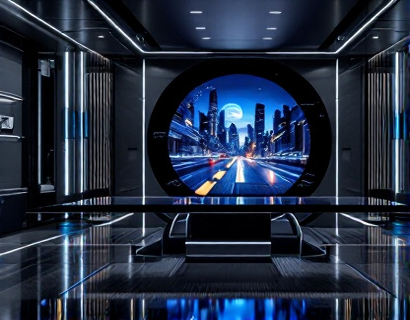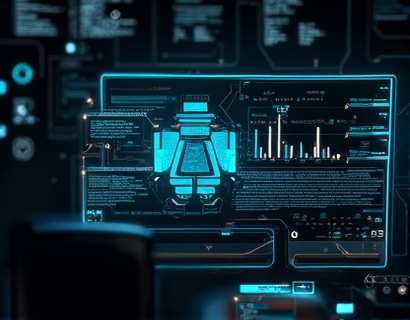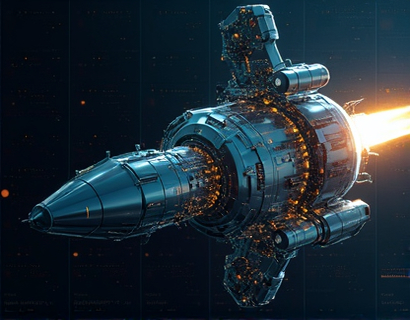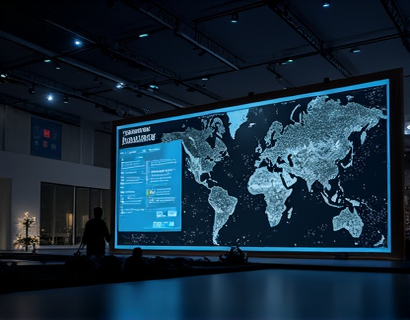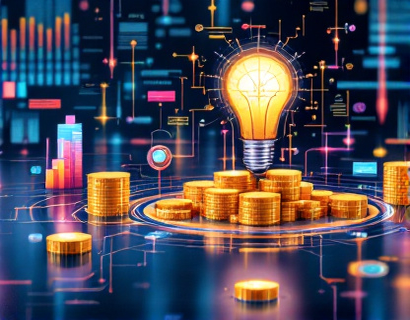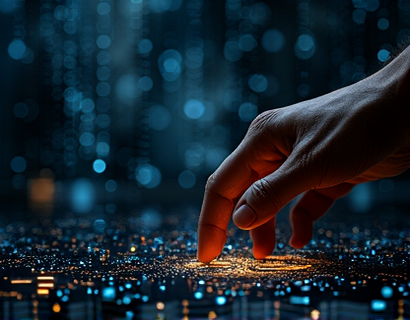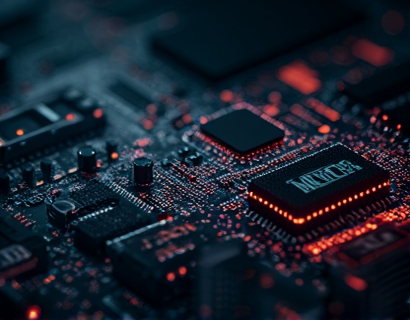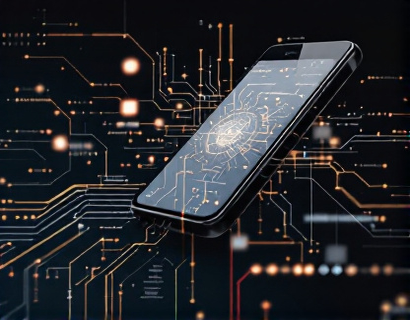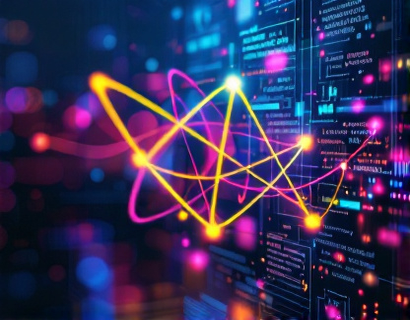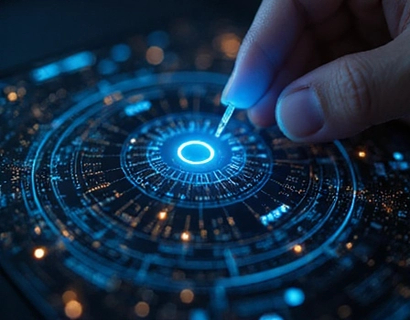Decentralized Innovation: Unleashing Next-Gen Digital Transformation with AI and Crypto Synergy
The integration of artificial intelligence (AI) and cryptocurrency is paving the way for a new era of decentralized digital solutions. This synergy is not just a technological advancement but a transformative force that is reshaping the landscape of interconnected apps and services. The goal is to enhance user experience and engagement by leveraging the strengths of both AI and crypto to create a more efficient, secure, and user-centric digital environment.
The concept of decentralized innovation is rooted in the principles of blockchain technology, which underpins cryptocurrencies. Blockchain offers a decentralized ledger that ensures transparency, security, and immutability. When combined with AI, which excels in data analysis, pattern recognition, and autonomous decision-making, the potential for innovation becomes immense. This article delves into how these technologies, when synergized, can drive the next wave of digital transformation.
Understanding Decentralized Systems
Decentralized systems operate without a central authority or intermediary. Instead, they rely on a network of nodes that collectively maintain and validate transactions or data. This decentralization is achieved through blockchain, a distributed database that records transactions across multiple computers. Each node in the network has a copy of the blockchain, ensuring that no single entity can manipulate the data.
The decentralized nature of these systems fosters trust and reduces the risk of fraud. In traditional centralized systems, a single point of failure can lead to significant disruptions. Decentralized systems, on the other hand, are more resilient and robust, as the network continues to function even if some nodes fail.
AI in Decentralized Environments
AI plays a crucial role in decentralized systems by enhancing their functionality and user experience. Machine learning algorithms can process vast amounts of data to identify patterns, predict trends, and make informed decisions. In a decentralized context, AI can be used to optimize network performance, manage resources efficiently, and ensure the integrity of the system.
One of the key applications of AI in decentralized environments is smart contracts. Smart contracts are self-executing contracts with the terms of the agreement directly written into code. AI can enhance smart contracts by enabling more complex logic, dynamic adjustments based on real-time data, and automated dispute resolution. This not only increases efficiency but also reduces the need for intermediaries, lowering costs and improving trust.
Enhancing User Experience with AI and Crypto
The combination of AI and cryptocurrency can significantly enhance user experience. For instance, AI-driven personalized recommendations can help users discover new apps and services that align with their interests and needs. By analyzing user behavior and preferences, AI can curate a tailored experience, making the digital environment more intuitive and user-friendly.
Moreover, AI can improve security in decentralized systems. Machine learning algorithms can detect and mitigate potential threats in real-time, ensuring that user data remains secure. This is particularly important in a decentralized environment where traditional security measures may not be as effective.
Interoperability and Ecosystem Integration
Interoperability is a critical aspect of decentralized innovation. Different blockchain platforms and decentralized applications (dApps) often operate in silos, limiting their potential. AI can bridge this gap by enabling seamless communication and data exchange between disparate systems. Through advanced protocols and middleware, AI can facilitate interoperability, creating a more cohesive and integrated ecosystem.
The Ucosystem, for example, aims to create a network of interconnected apps and services that work harmoniously. AI algorithms can optimize the flow of data and resources across this network, ensuring that each component functions efficiently and effectively. This not only enhances the user experience but also fosters innovation by allowing developers to build on a robust and flexible foundation.
Case Studies and Real-World Applications
Several projects are already demonstrating the power of AI and crypto synergy. One notable example is Decentraland, a virtual reality platform built on the Ethereum blockchain. AI is used to create immersive experiences, manage virtual assets, and ensure the security of the platform. Users can interact with the virtual world in a highly personalized and secure manner, thanks to AI-driven enhancements.
Another example is Augur, a decentralized prediction market platform. AI algorithms analyze vast amounts of data to provide accurate predictions, while the blockchain ensures that bets are transparent and tamper-proof. This combination of AI and crypto creates a fair and trustworthy environment for users to engage in predictive trading.
Challenges and Future Prospects
Despite the promising potential, the integration of AI and crypto in decentralized systems faces several challenges. Scalability remains a significant issue, as blockchain networks can struggle to handle high volumes of transactions. AI algorithms require substantial computational resources, which can strain the network and increase costs.
However, ongoing research and development are addressing these challenges. Layer 2 solutions, such as sidechains and state channels, are being developed to improve scalability. Additionally, advancements in AI, particularly in edge computing and quantum-resistant algorithms, are making these technologies more efficient and accessible.
The future of decentralized innovation with AI and crypto synergy is bright. As more tech-savvy innovators and early adopters embrace these technologies, we can expect to see a proliferation of decentralized applications that transform various industries. From finance and healthcare to gaming and education, the possibilities are vast and exciting.
Conclusion
The synergy between AI and crypto is revolutionizing the digital landscape, paving the way for a new era of decentralized innovation. By leveraging the strengths of both technologies, we can create more secure, efficient, and user-centric digital solutions. The Ucosystem represents a step towards this future, offering a platform where the latest advancements in technology converge to enhance user experience and drive engagement. As we continue to explore and harness this synergy, the potential for transformative change is limitless.









